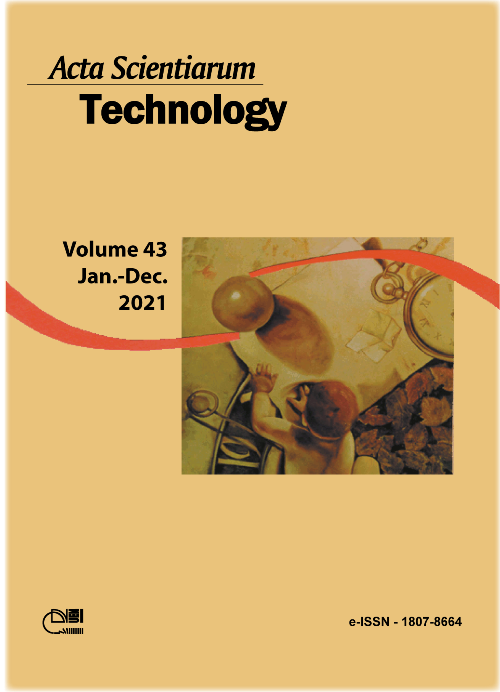Property value map updating by mass appraisal method - a case in the city of Pato branco, state Paraná
DOI:
https://doi.org/10.4025/actascitechnol.v43i1.48912Keywords:
property value map; mass appraisal; property value.Abstract
This study addresses Property Value Map updating, specifically when it comes to the absence of methods that allows for efficiency, agility and transparency in estimating property value in Brazilian municipalities. In many cities, the Property Value Map is not being updated due to use of complicated methodologies that require several people and a great amount of time to be applied. For the cities, all properties have a significant importance, since they provide financial resources for city maintenance, considering that the value of the property serves as reference for the Municipal Property Tax and the Property Conveyance Tax to be collected. A failure to update the Property Value Map has been favoring the establishment of a condition of maladjustments in the sphere of public administration concerning property value, as well as tax collection, triggering situations intrinsic to this condition, such as the updating need for promotion of social equity and fair taxation. The present investigation also questions the use of single-family building values, resulting from Mass Appraisal, in substitution of market values, to update the Property Value Map. The modelling was designed through the Regression Method based on variables from appraisal studies in other countries. This procedure will speed up property value updating, bringing about fiscal sustainability and transparency to the Public Administration.
Downloads
Downloads
Published
How to Cite
Issue
Section
License
DECLARATION OF ORIGINALITY AND COPYRIGHTS
I Declare that current article is original and has not been submitted for publication, in part or in whole, to any other national or international journal.
The copyrights belong exclusively to the authors. Published content is licensed under Creative Commons Attribution 4.0 (CC BY 4.0) guidelines, which allows sharing (copy and distribution of the material in any medium or format) and adaptation (remix, transform, and build upon the material) for any purpose, even commercially, under the terms of attribution.
Read this link for further information on how to use CC BY 4.0 properly.











8.png)




